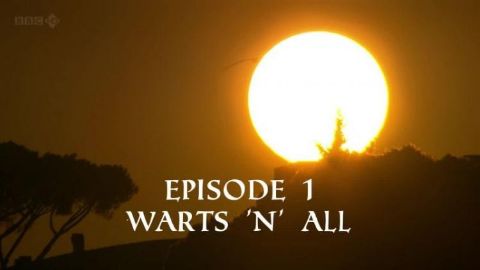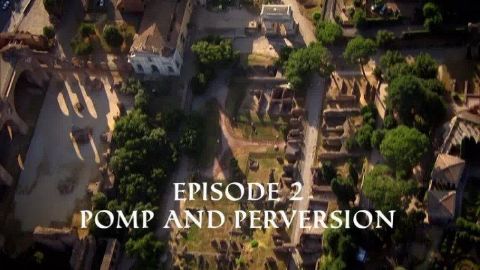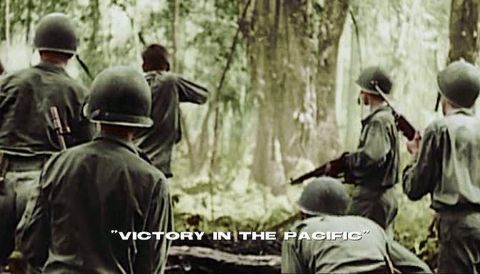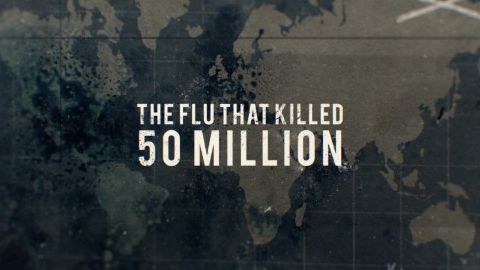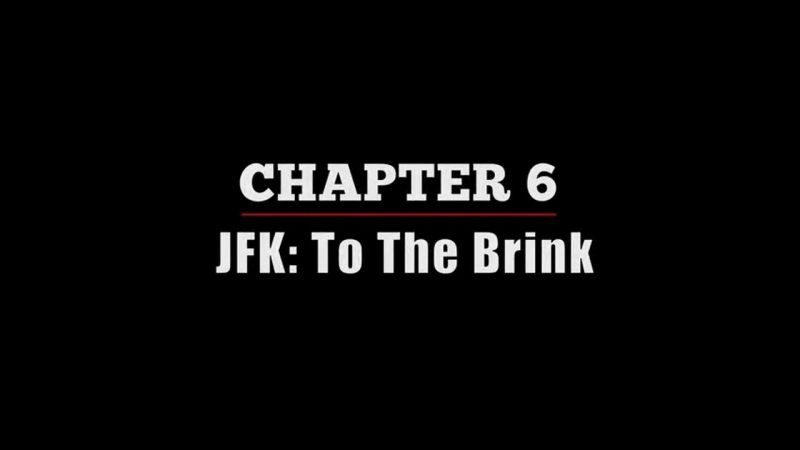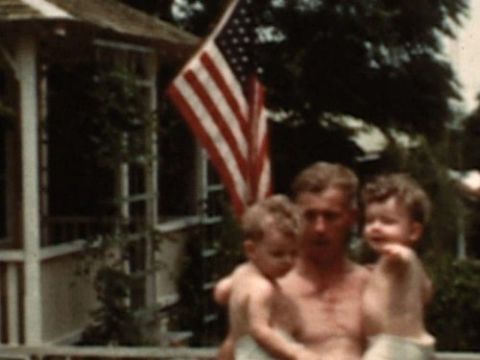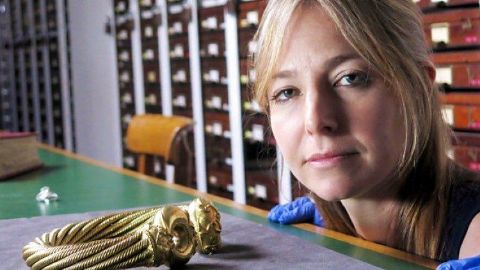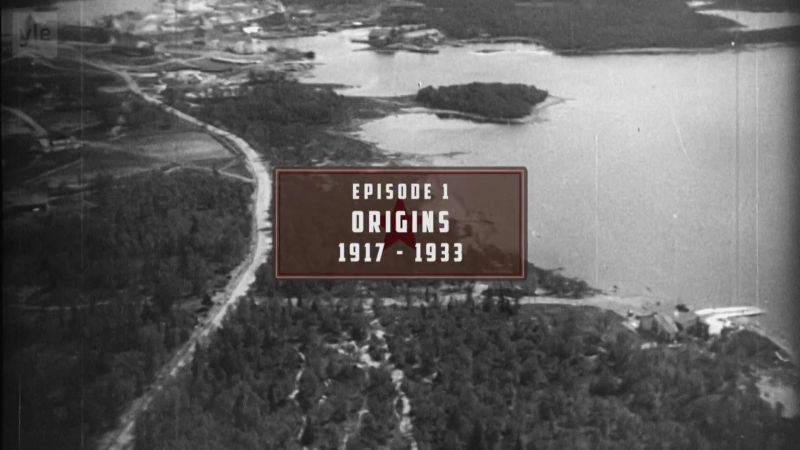Warts 'n' All • 2012 • episode "S1E1" • The Treasures of Ancient Rome
The Romans were brilliant engineers and soldiers, but what isn't as well known is that they also gave us wonderful artistic treasures. In this three-part series, Alastair Sooke argues that the old-fashioned view that the Romans didn't do art is nonsense. He traces how the Romans during the Republic went from being art thieves and copycats to pioneering a new artistic style - warts 'n' all realism. Roman portraits reveal what the great names from history, men like Julius Caesar and Cicero, actually looked like. Modern-day artists demonstrate the ingenious techniques used to create these true to life masterpieces in marble, bronze and paint. We can step back into the Roman world thanks to their invention of the documentary-style marble relief and to a volcano called Vesuvius. Sooke explores the remarkable artistic legacy of Pompeii before showing how Rome's first emperor, Augustus, used the power of art to help forge an empire.
Make a donation
Buy a brother a hot coffee? Or a cold beer?
Hope you're finding these documentaries fascinating and eye-opening. It's just me, working hard behind the scenes to bring you this enriching content.
Running and maintaining a website like this takes time and resources. That's why I'm reaching out to you. If you appreciate what I do and would like to support my efforts, would you consider "buying me a coffee"?
Donation addresses
BTC: bc1q8ldskxh4x9qnddhcrgcun8rtvddeldm2a07r2v
ETH: 0x5CCAAA1afc5c5D814129d99277dDb5A979672116
With your donation through , you can show your appreciation and help me keep this project going. Every contribution, no matter how small, makes a significant impact. It goes directly towards covering server costs.
